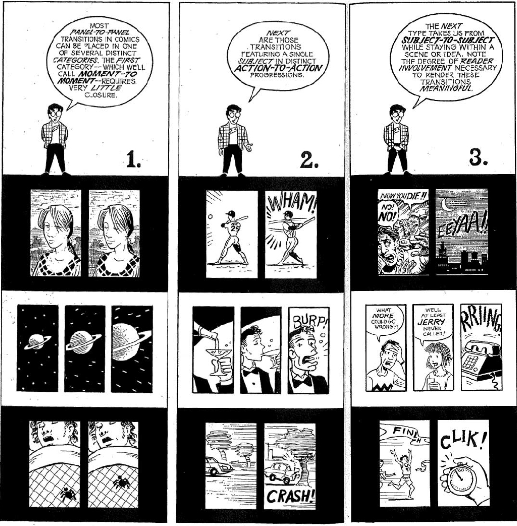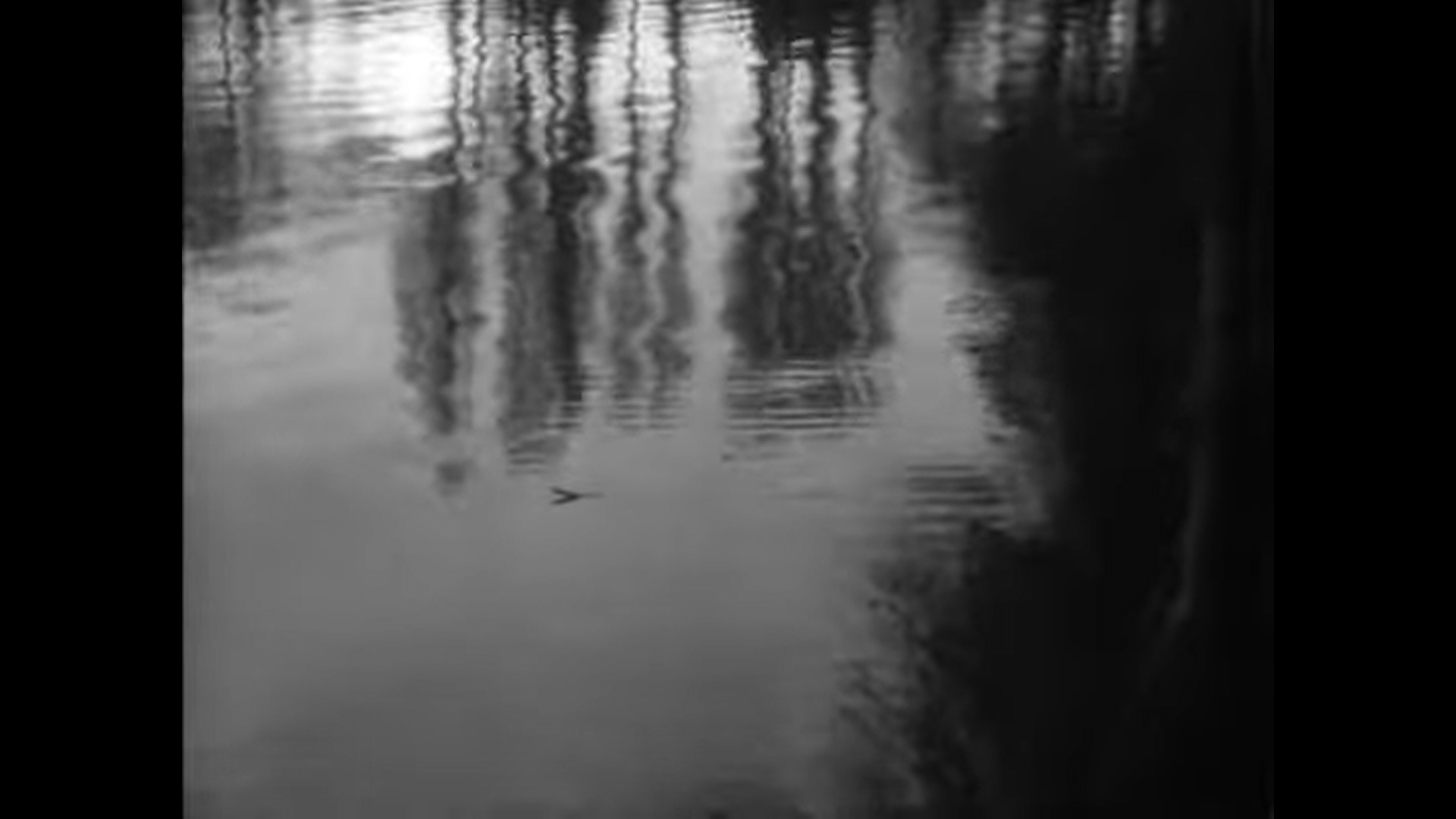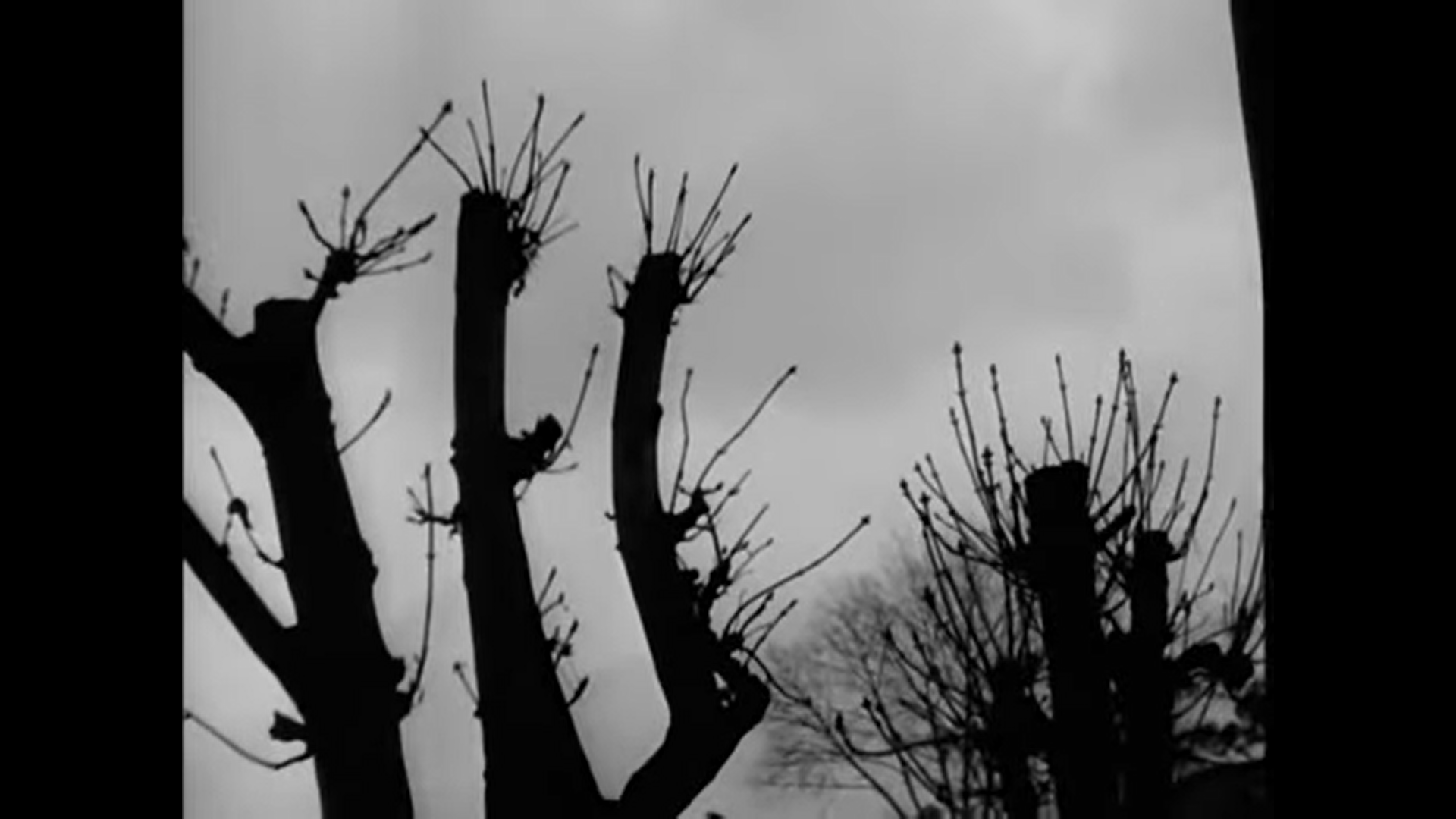Music from #Uppbeat (free for Creators!):
https://uppbeat.io/t/night-drift/scuffle
License code: EETG2NEBTZPUIJ8J
Filmed and Edited by Miryssa Casas with Adobe Premiere Pro.
DTC 491 Advanced Digital Cinema
Washington State University Vancouver
Music from #Uppbeat (free for Creators!):
https://uppbeat.io/t/night-drift/scuffle
License code: EETG2NEBTZPUIJ8J
Filmed and Edited by Miryssa Casas with Adobe Premiere Pro.
Blog Prompt: The art of cinema involves the manipulation of the viewer’s experience of time. The duration of a shot is like a temporal framing. In “Time Frames”, McCloud describes the various comics techniques for creating different temporalities. Reading McCloud, consider the framed panel in a comic as a cinema shot. Wider or longer panels are like shots with longer durations (“long takes”). Smaller panels are like shots of shorter durations. The main difference between comics and film is that with a page of arranged panels, the reader has a spatial “time map” in the simultaneous display of frames. In cinema, shots are mostly sequential and present an unfolding now. Discuss some aspect of McCloud’s visual essay that makes you think of the possibilities of time manipulation in digital cinema or of a certain movie scene that plays with time.

Some of the key points regarding time manipulation in comics and digital cinema, inspired by Scott McCloud’s “Time Frames,” include filmmakers’ experiments with non-linear storytelling, flashbacks, and the blurring of traditional boundaries. Opening up new storytelling possibilities really allows for more complex narratives and engaging ways to captivate viewers, enriching the experience. Another fascinating insight into time manipulation is how comics provide readers with a “time map” that enables them to see past, present, and future frames simultaneously. This offers a unique way of experiencing time. Digital cinema approaches this differently. Directors and editors begin to experiment with non-linear storytelling techniques, parallel editing, flashbacks, and the use of digital effects to alter the perception of time.

Blog Prompt: Watch the 12 min silent 1929 film by Dimitri Kirsanoff called Brumes d’automne (Autumn Mists). In this experimental short there is no plot just the visualized thoughts of a woman. Describe the editing. What is she thinking? Does the montage work? Does it evoke something for you? Kirsanoff said that his intention in the film was to represent a state of mind “through drastically changed images in which nature was losing its density and unity.”




Filmed on GoPro Hero 9 & Edited in Adobe Premiere Pro by Miryssa Casas.
Blog Prompt:
Although Run Lola Run has a discontinuous style – made of many types of cinematic images, including color, black and white, animation, video and still shots – it is held together as a whole by following rules of continuity to keep the viewer oriented in the fragmented spaces and times.
How does the movie retain narrative momentum despite all the time shifts? What narrative forces/desires drives the edits of shot to shot? In what ways is time “stretched” or “compressed” and how is the effect achieved? These questions are only “prompts” for your own thoughts about the narrative, cinematography and editing styles of the Run Lola Run. Take screen grabs to support your thoughts.
———-

Throughout this narrative, the momentum is sustained through the repetition of scenes with, time pressure, music, and dynamic cinematography. The film’s discontinuous style primarily focuses on three different scenarios with slight variations, creating a structure that propels the story forward. Lola’s race against time to save her boyfriend serves as the central force, influencing the director’s choices of quick cuts, specific camera movements, and unconventional shots. The music further amplifies the urgency of her mission to rescue her boyfriend. Additionally, the film employs time loops, montage, and split screens, contributing to its non-linear structure.

Blog Post: Introduce yourself to the class in a blog post. What is your background or interest in video? Post a favorite video (from youtube/vimeo) that is in a style or approach to video you would like to pursue in this class. Tell us why.
Hello! My name is Miryssa and I love making videos about anything that happens in my life. One day I hope to show my kids how silly their mother is and maybe reminisce about the old times. My husband and I enjoy watching Addicted Fishing on YouTube, which is a local crew that tells us all their secrets about their techniques.
https://youtu.be/HFbr-y5OiXA?si=gN-ZOuOmq497H-9n
-Miryssa